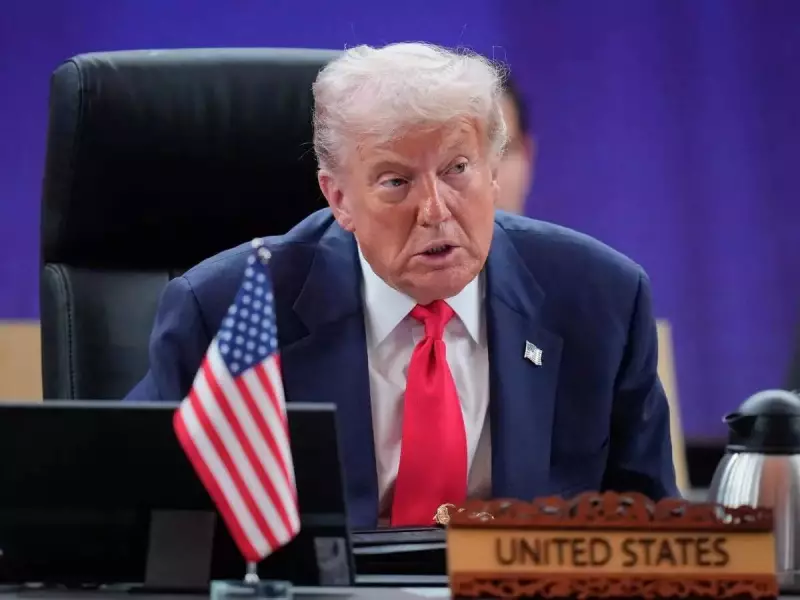
In the colourful world of American politics, there's a curious contradiction that often puzzles international observers: why does the conservative Republican Party embrace the colour red, traditionally associated with leftist movements worldwide?
The Great American Colour Flip
While socialist and communist parties globally have historically claimed red as their symbolic colour, American politics tells a different story. The Republican Party, known for its conservative values, proudly wears red, while the Democratic Party, more liberal in orientation, identifies with blue.
The Television Revolution That Changed Everything
The modern colour association emerged surprisingly recently, during the dramatic 2000 presidential election between George W. Bush and Al Gore. As television networks scrambled to present election results clearly, they needed a consistent colour scheme for their electronic maps and graphics.
Major networks like NBC, CBS, ABC, and Fox News made a crucial decision: they would use red for Republican-won states and blue for Democratic victories. This visual consistency during the intensely followed 36-day recount period cemented the colour associations in the American public's mind.
Before Standardization: A Colourful Chaos
Prior to the 2000 election, colour usage was remarkably inconsistent:
- Some networks used the opposite scheme (blue for Republicans)
- Colours sometimes changed between election cycles
- There was no national consensus on political colours
- Print media used various colour combinations
Why This Breaks International Norms
Globally, red typically signifies:
- Left-wing and socialist parties
- Labour movements
- Revolutionary traditions
- Progressive political groups
Meanwhile, blue often represents:
- Conservative parties
- Right-wing movements
- Traditional values
- Established institutions
The American Exception
What makes the American system particularly interesting is how it developed organically through media usage rather than party declaration. Neither party officially adopted their colours; the associations evolved through consistent media representation during one of the most contested elections in US history.
The 2000 election didn't just decide a presidency—it permanently coloured the American political landscape. Today, these colour associations are so ingrained that "red states" and "blue states" have become fundamental terminology in American political discourse.
This unique colour coding serves as a perfect example of how media representation can shape political symbolism and create traditions that defy international norms while becoming deeply embedded in a nation's political identity.





